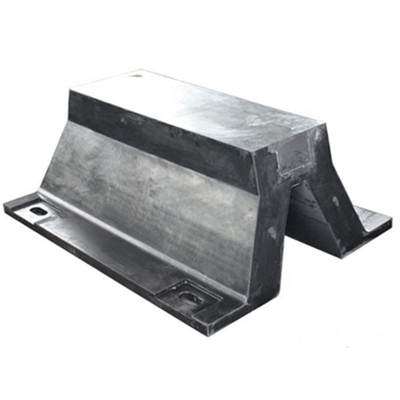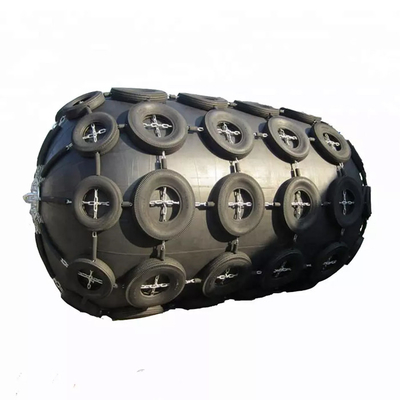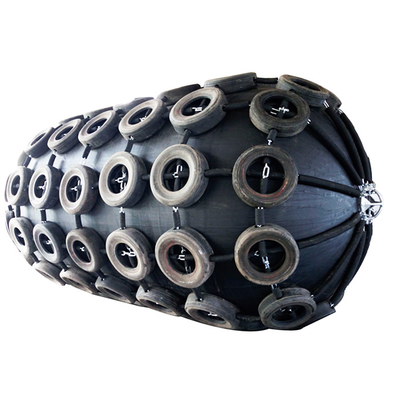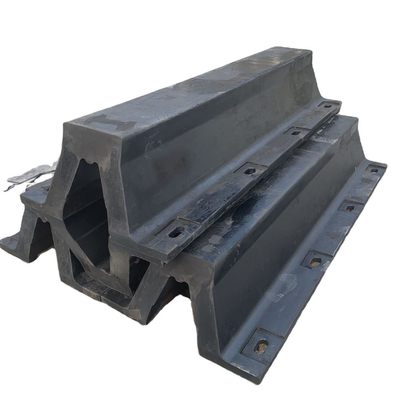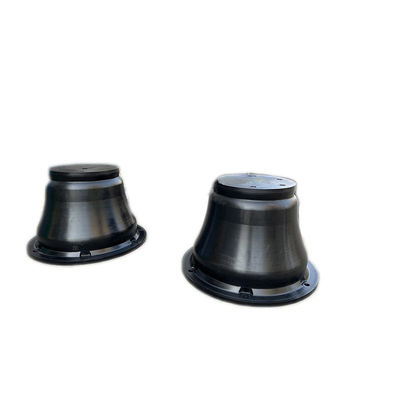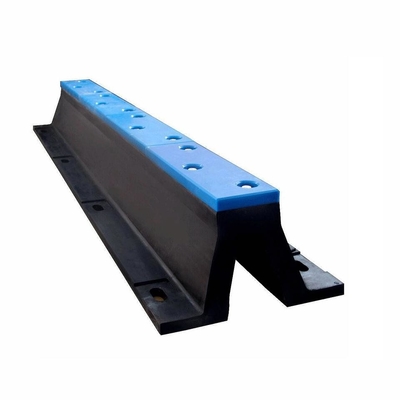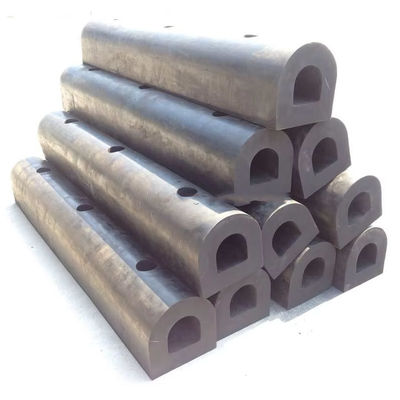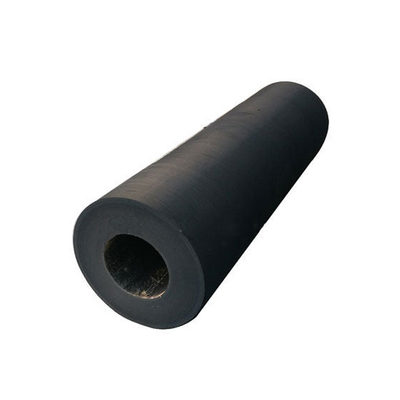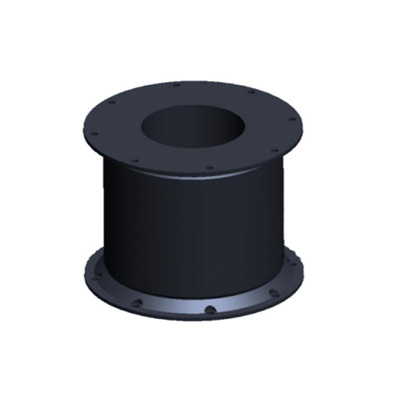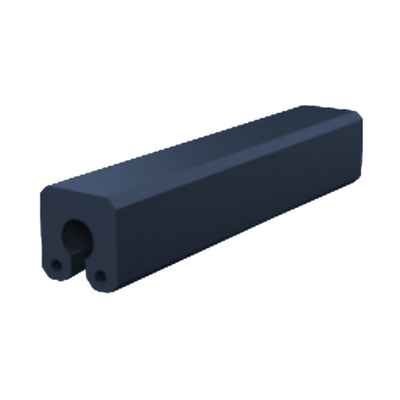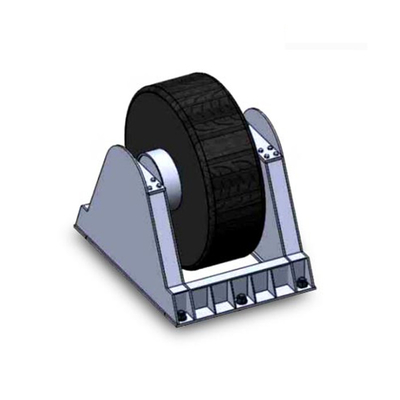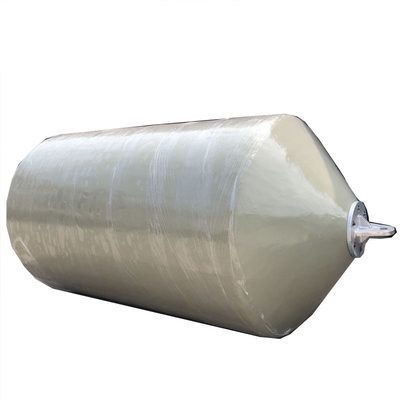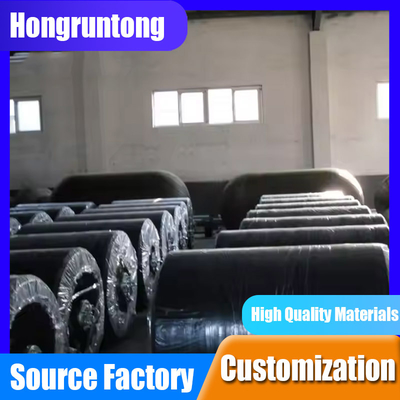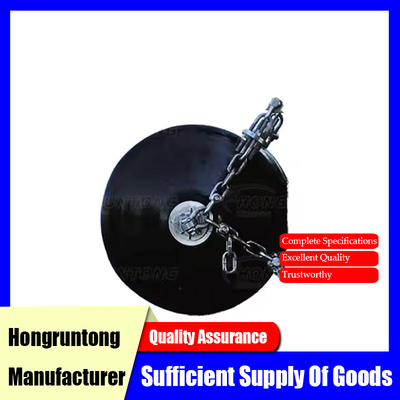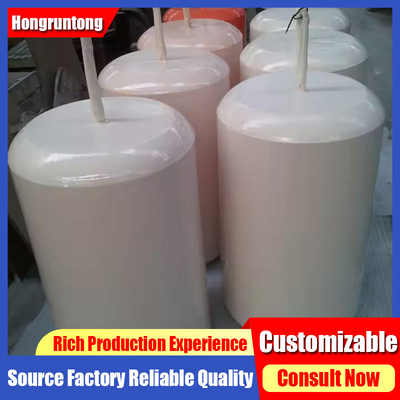Marine Grade Foam Fenders Rot Resistant Mold Proof Eco Friendly Non Toxic
Description
Floating Foam Fenders provide efficient berthing protection for high-frequency passenger ferries and Ro-Ro vessels, where quick turnaround and safety are critical.
( Case : A busy Ro-Ro terminal in Greece installed Floating Foam Fenders to handle multiple daily ferry arrivals. The fenders withstood repeated docking impacts, protecting the quay structure and ensuring smooth passenger operations. Operators highlighted reduced maintenance downtime and improved service efficiency. )
Specifications
|
Diameter x Length
|
Energy absorption at 60% comp
|
Reaction force at 60% comp
|
Approx. weight
|
|
(mm)
|
(kNm)
|
(kN)
|
(kg)
|
|
300 x 1000
|
3.8
|
54
|
11
|
|
500 x 1000
|
10.6
|
91
|
41
|
|
600 x 1000
|
15.3
|
109
|
49
|
|
600 x 1000
|
18.3
|
131
|
55
|
|
700 x 1500
|
31
|
191
|
85
|
|
750 x 1500
|
36
|
204
|
89
|
|
900 x 1800
|
62
|
294
|
140
|
|
1000 x 1500
|
64
|
272
|
125
|
|
1000 x 2000
|
85
|
363
|
170
|
|
1200 x 2000
|
122
|
436
|
275
|
|
1200 x 2400
|
146
|
523
|
365
|
|
1250 x 2000
|
132
|
454
|
353
|
|
1250 x 2500
|
165
|
567
|
410
|
|
1500 x 3000
|
286
|
817
|
570
|
|
1500 x 4000
|
381
|
1089
|
720
|
|
1700 x 3000
|
367
|
926
|
700
|
|
1700 x 3500
|
428
|
1080
|
780
|
|
1800 x 3000
|
412
|
980
|
850
|
|
1800 x 3600
|
494
|
1176
|
965
|
|
2000 x 3000
|
508
|
1089
|
965
|
|
2000 x 3500
|
593
|
1271
|
1100
|
|
2000 x 4000
|
678
|
1452
|
1220
|
|
2400 x 4000
|
976
|
1743
|
1720
|
|
2400 x 4800
|
1171
|
2091
|
2140
|
|
2500 x 4000
|
1059
|
1815
|
1865
|
|
2500 x 5000
|
1324
|
2269
|
2500
|
|
2500 x 5500
|
1456
|
2496
|
2675
|
|
2700 x 5400
|
1668
|
2647
|
2865
|
|
3000 x 5000
|
1925
|
2750
|
3200
|
|
3000 x 6000
|
2287
|
3268
|
3740
|
|
3300 x 6500
|
2998
|
3894
|
4735
|
|
3600 x 7200
|
3953
|
4706
|
5800
|
|
4000 x 8000
|
4522
|
5809
|
8700
|
|
4200 x 8400
|
6277
|
6405
|
10000
|
|
4500 x 9000
|
7720
|
7353
|
10700
|
Features
Oil Fuel Resistant
Impervious to hydrocarbons, ideal for industrial ports and marinas.
Noise Reduction
Absorbs impact energy quietly compared to metal or hard plastic fenders.
Versatile Applications
Suitable for docks, piers, ships, offshore platforms, and floating barriers.
Compliance with Standards
Meets international marine safety and environmental regulations.
Applications
Marine Salvage Operations
Underwater air lift bags are extensively used in marine salvage to raise sunken vessels, aircraft, and cargo from seabeds. Their controlled buoyancy allows precise lifting of heavy objects while minimizing damage.
Shipwreck Recovery
Specialized salvage teams employ air lift bags to recover historic shipwrecks and archaeological artifacts from underwater sites with minimal disturbance to surrounding environments.
Harbor and Port Maintenance
Port authorities utilize these bags for maintaining underwater infrastructure including raising submerged buoys, repairing dock pilings, and removing debris from shipping channels.
Advantages
Over 30 Years of Manufacturing Experience
With more than three decades in the marine equipment industry, we bring deep expertise and reliable craftsmanship to every fender we produce.
In House RD and Engineering Team
Our dedicated R&D team continuously innovates to improve product performance and meet evolving industry standards and customer needs.
High Quality Raw Material Sourcing
We use premium-grade polyurethane, EVA foam, and reinforced steel components to ensure durability and consistent quality.
Customizable Sizes and Specifications
Fenders can be tailored in size, foam density, color, and outer skin thickness to match specific operational requirements.
FAQ
1. What is a Floating Foam Fender?
A Floating Foam Fender is a marine protection device made with a closed-cell foam core and a durable polyurethane skin, designed to absorb berthing energy and protect vessels and port structures.
2. How does a foam fender differ from a pneumatic fender?
Unlike pneumatic fenders, foam fenders do not rely on internal air pressure, so they cannot burst or deflate. They are unsinkable and require less maintenance.
3. What are the main advantages of Floating Foam Fenders?
High energy absorption, low reaction force, unsinkable design, long service life, minimal maintenance, and resistance to harsh marine environments.
4. What materials are used in the construction?
Closed-cell EVA foam or PE foam core with an outer skin of reinforced polyurethane elastomer.




 Your message must be between 20-3,000 characters!
Your message must be between 20-3,000 characters! Please check your E-mail!
Please check your E-mail!  Your message must be between 20-3,000 characters!
Your message must be between 20-3,000 characters! Please check your E-mail!
Please check your E-mail! 
